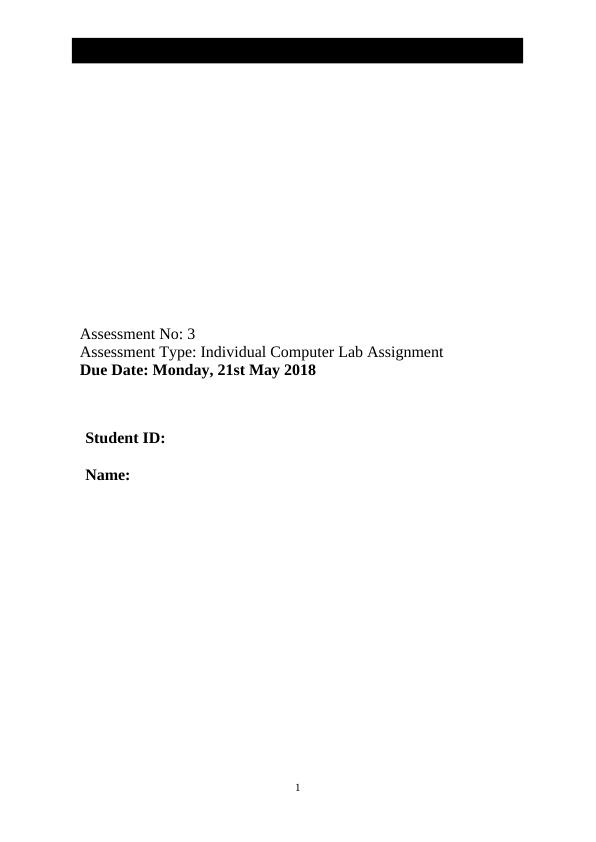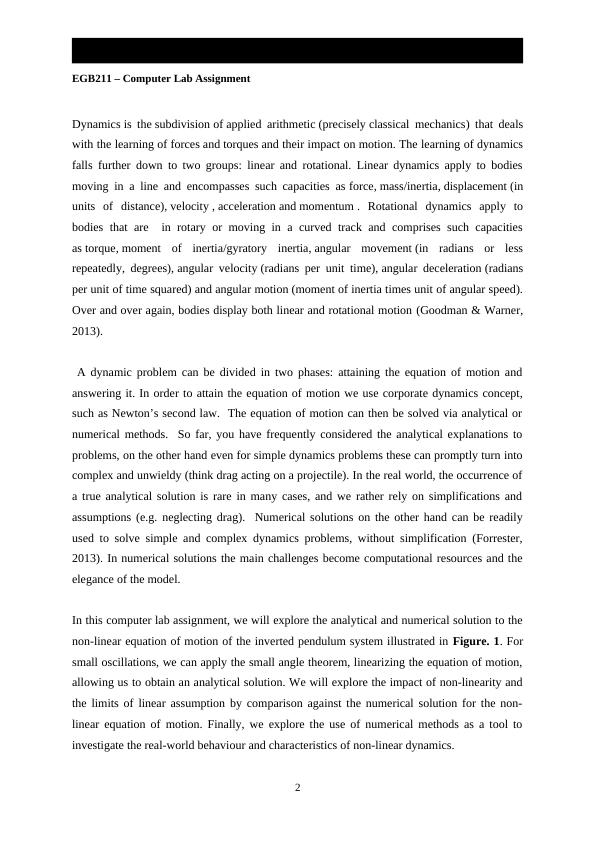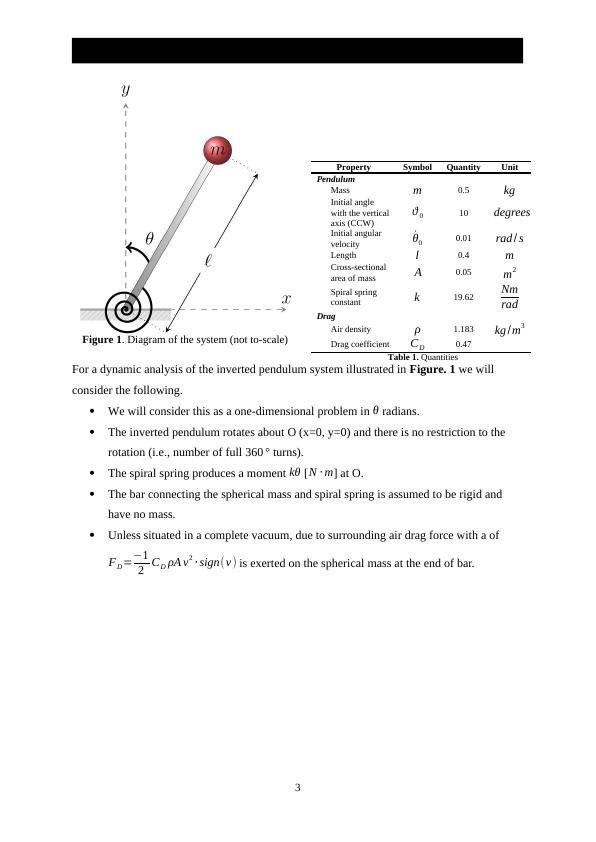EGB211 Computer Lab Assignment: Analytical and Numerical Solutions to Non-Linear Equation of Motion
A computer lab assignment for the course EGB211: Dynamics, focusing on obtaining and solving the equation of motion using analytical and numerical techniques.
19 Pages2881 Words481 Views
Added on 2023-06-13
About This Document
This Computer Lab Assignment for EGB211 explores analytical and numerical solutions to the non-linear equation of motion for an inverted pendulum system. It covers the derivation of the finite difference equation and its implementation in MATLAB code. The assignment also discusses the characteristics of the problem, including natural frequency, period, amplitude, and phase angle.
EGB211 Computer Lab Assignment: Analytical and Numerical Solutions to Non-Linear Equation of Motion
A computer lab assignment for the course EGB211: Dynamics, focusing on obtaining and solving the equation of motion using analytical and numerical techniques.
Added on 2023-06-13
ShareRelated Documents
End of preview
Want to access all the pages? Upload your documents or become a member.
Elastic Pendulum: Analytical and Numerical Solutions
|13
|3529
|468
EGB211 Computer Lab Assignment 2022
|13
|3529
|65
Computer lab assignment 2022
|24
|4011
|30
Task 1. Part 1. Provided Data:. Radius of the wheel rim
|7
|456
|90
Computational Fluid Dynamics: Simple Initial Value Problem and Numerical Method for Predicting Vibration of Cylinder
|31
|4457
|143
Vibration and Machine Dynamics Tutorial Problems with Solutions
|10
|1382
|376




